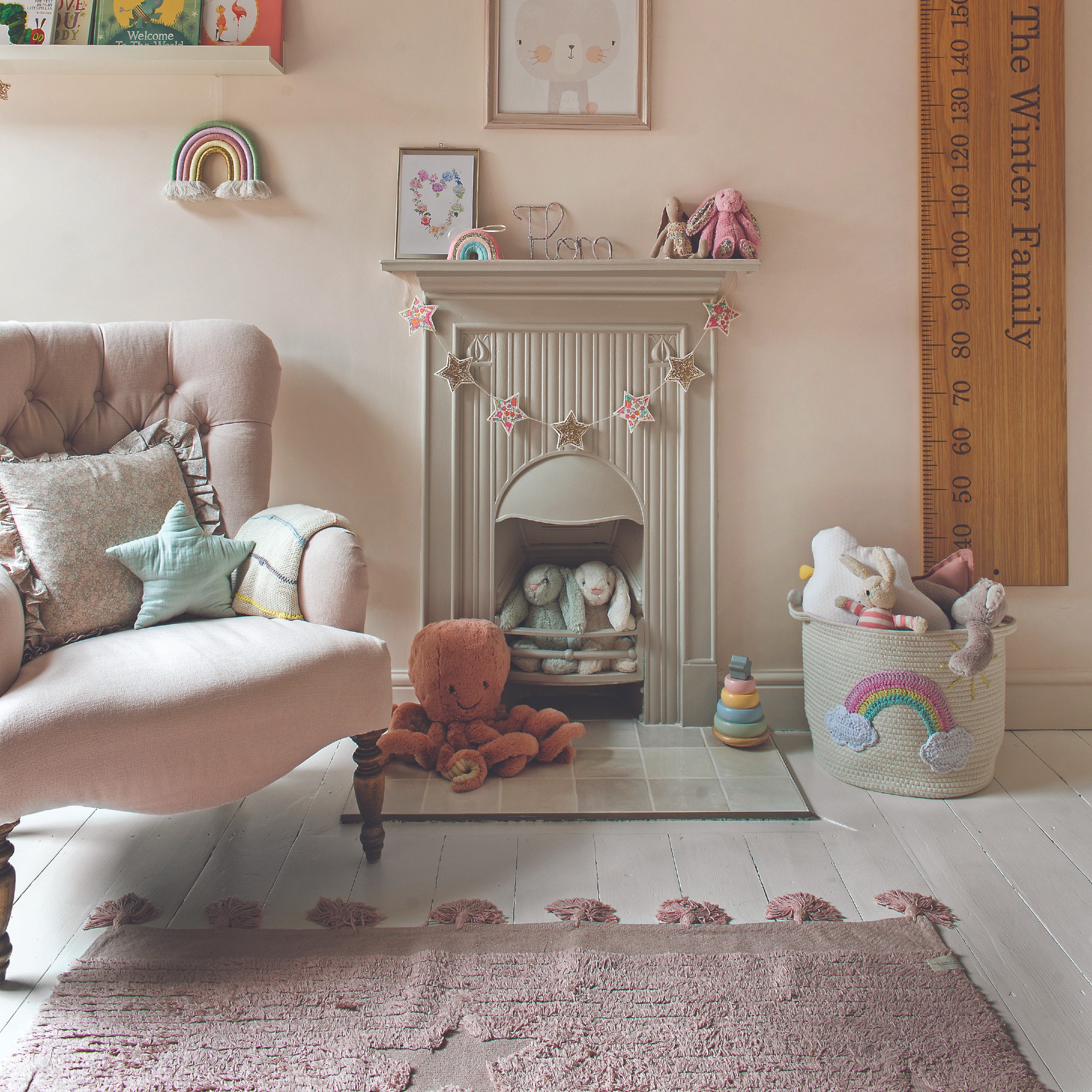
A playroom should be a fun, inspiring and stimulating space for your children, no matter the size of the room. Small playroom ideas can be just as entertaining, playful and even stylish as long as you’re clever with the use of space.
Every good playroom idea needs to take all the different uses of the space into consideration and cater to all of them – from playing to doing arts and crafts, reading and relaxing. And considering the sheer volume of toys most children have at their disposal, playroom storage ideas are also very important to take into consideration. Otherwise you could be in danger of having one chaotic and messy room on your hands. So let’s make sure that doesn’t happen with our top small playroom ideas.
You can even make it into a bonding family activity by inviting your kids to be included in the design process. ‘Turning a small room into a kids’ playroom can be a really fun, family experience. Encourage your children to get involved by inviting their designs, framing their artwork and asking them what they want to go where – you will see which toys are most important to them and which are the ones you need to make easiest to reach,’ says Lynn Tjoeng, product manager at premium Scandinavian furniture brand, Stokke.
1. Include plenty of storage
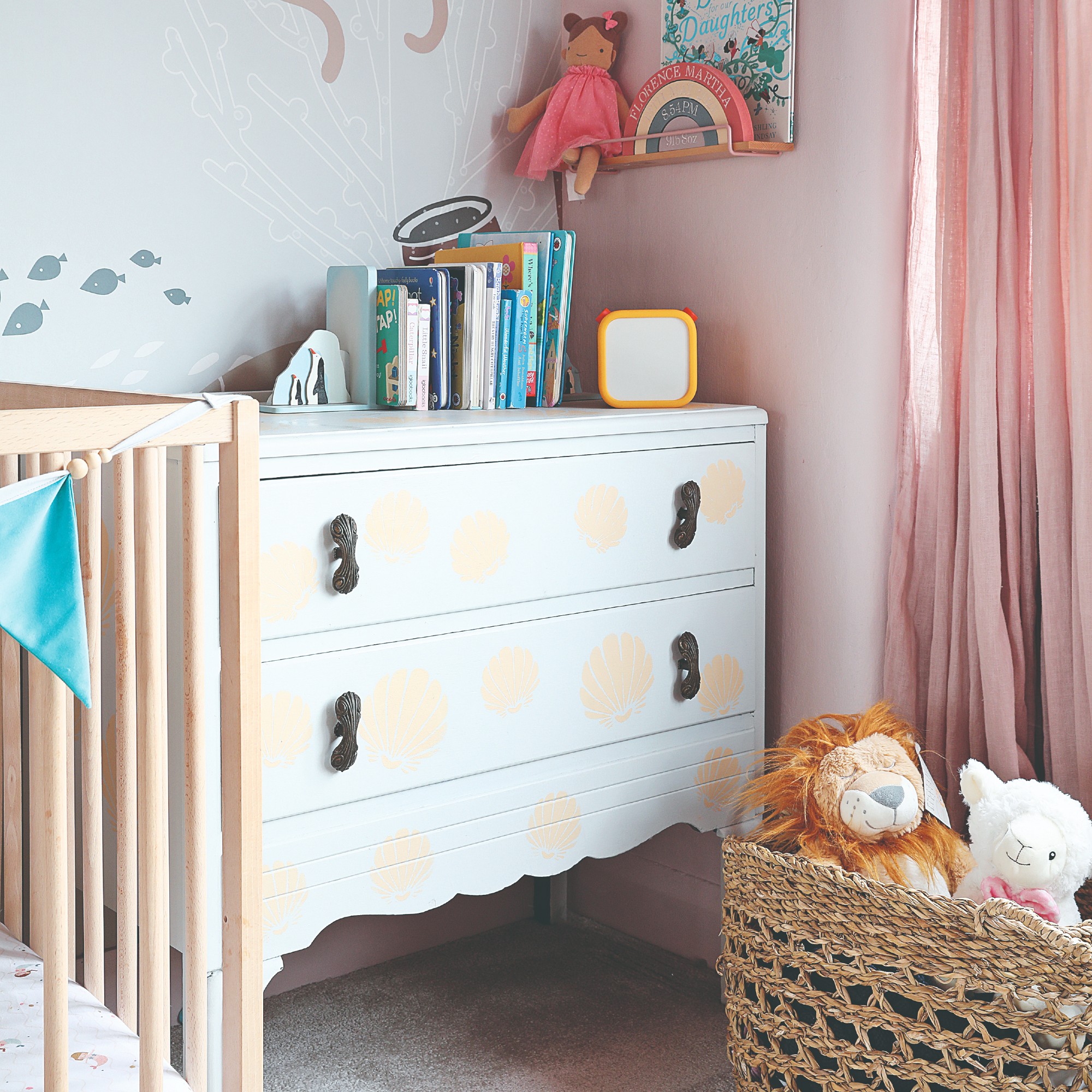
As already mentioned, toy storage ideas should be at the top of your priority list when designing your children’s playroom – as the right storage solutions will make sure the room is organised and effectively utilised.
‘The best storage for a small playroom includes wall shelves to save floor space, bins and baskets that are stackable and easy to move,’ says Alex Tolofson at Nöa & Nani. ‘Hanging organisers can utilise back-of-door space and walls, while under-furniture storage makes use of the space under beds and tables. These storage solutions help keep the playroom organised and clutter-free.’
Jade Crow, nursery buyer for Jojo Maman Bébé, continues, ‘How do you solve a problem like storage space? Enormous storage bags. Clear away unnecessary clutter and transform a room by folding away clothes and toys that aren’t used daily into easy-to-lift bags. Keep the bags high to ensure pesky mitts stay away from bags they shouldn’t be touching.’
2. Utilise vertical space
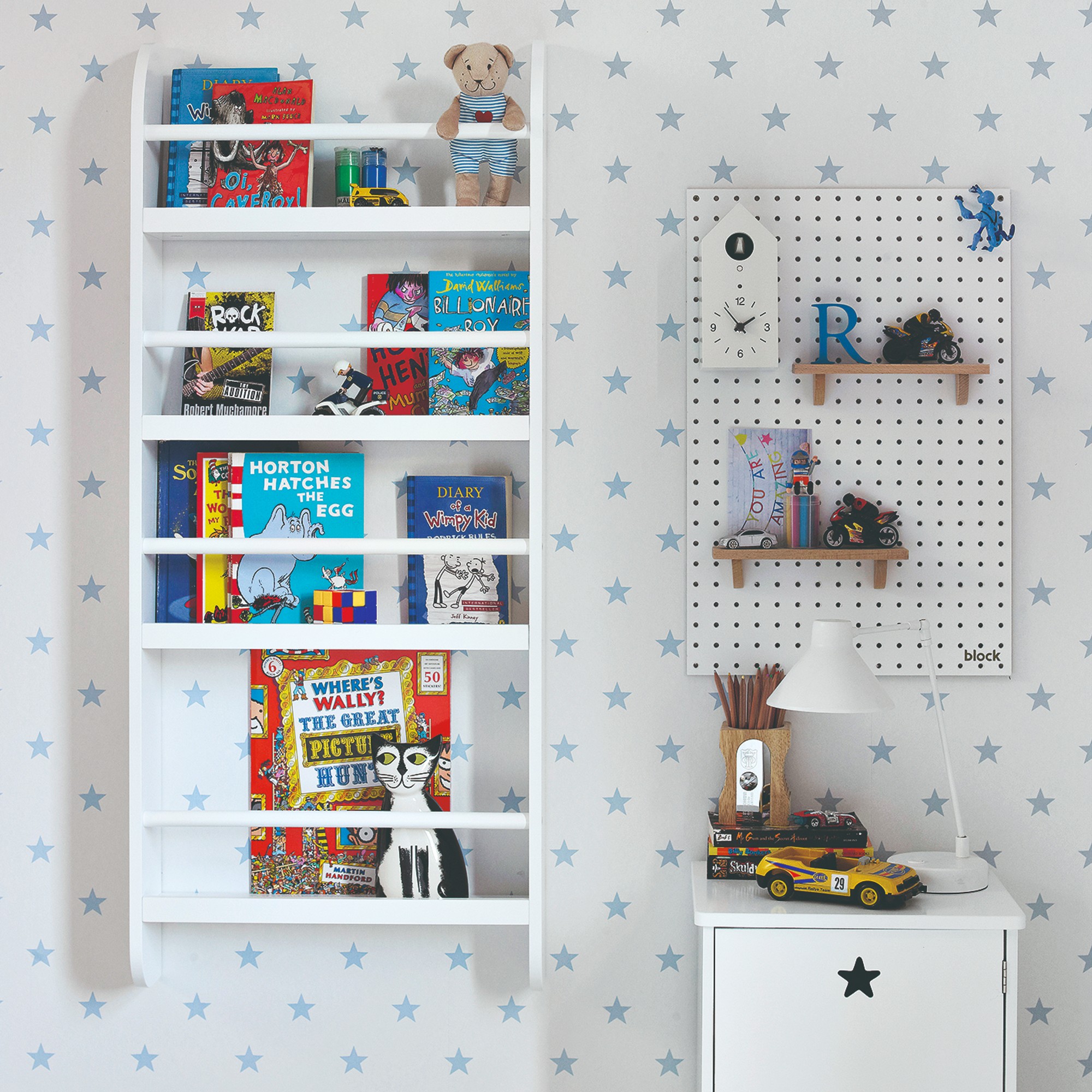
‘Vertical storage solutions, such as shelving and wall-mounted organisers, free up floor space,’ Alex says.
And Siân Pelleschi, professional organiser, owner of Sorted! and APDO president, agrees, ‘Vertical storage is the best way to keep on top of small spaces.’
But it’s not just vertical storage that you can incorporate into your little ones’ playroom. You can also either build in an extra floor to create another surface area for your children to use or put in a piece of furniture that comes with that extra space like the Flair Nook House Midsleeper Wooden Bed from Bed Kingdom where the top can be made into a reading nook and the bottom can be used for play.
3. Incorporate multifunctional furniture
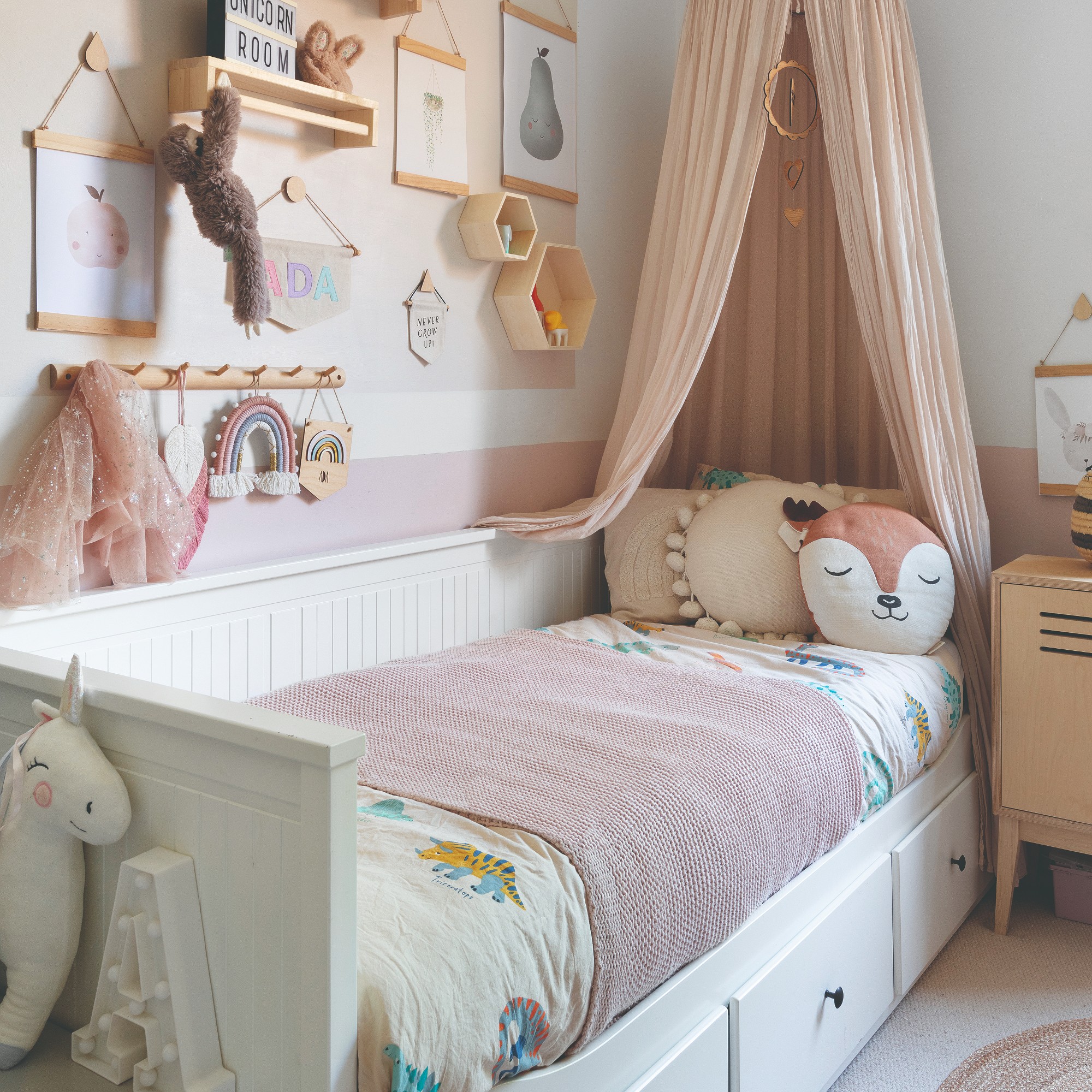
Multifunctional furniture that serves more than one purpose (one of which should ideally be hidden toy storage) is a must in a small playroom.
‘Use multi-functional furniture that serves multiple purposes to save space and maximise utility, like storage benches or toy boxes and ottomans,’ Alex says.
Lynn adds, ‘It’s all about making the most of every part of the space. A toy box that can also be used as a window seat for example is key.’
4. Go for a Scandinavian look
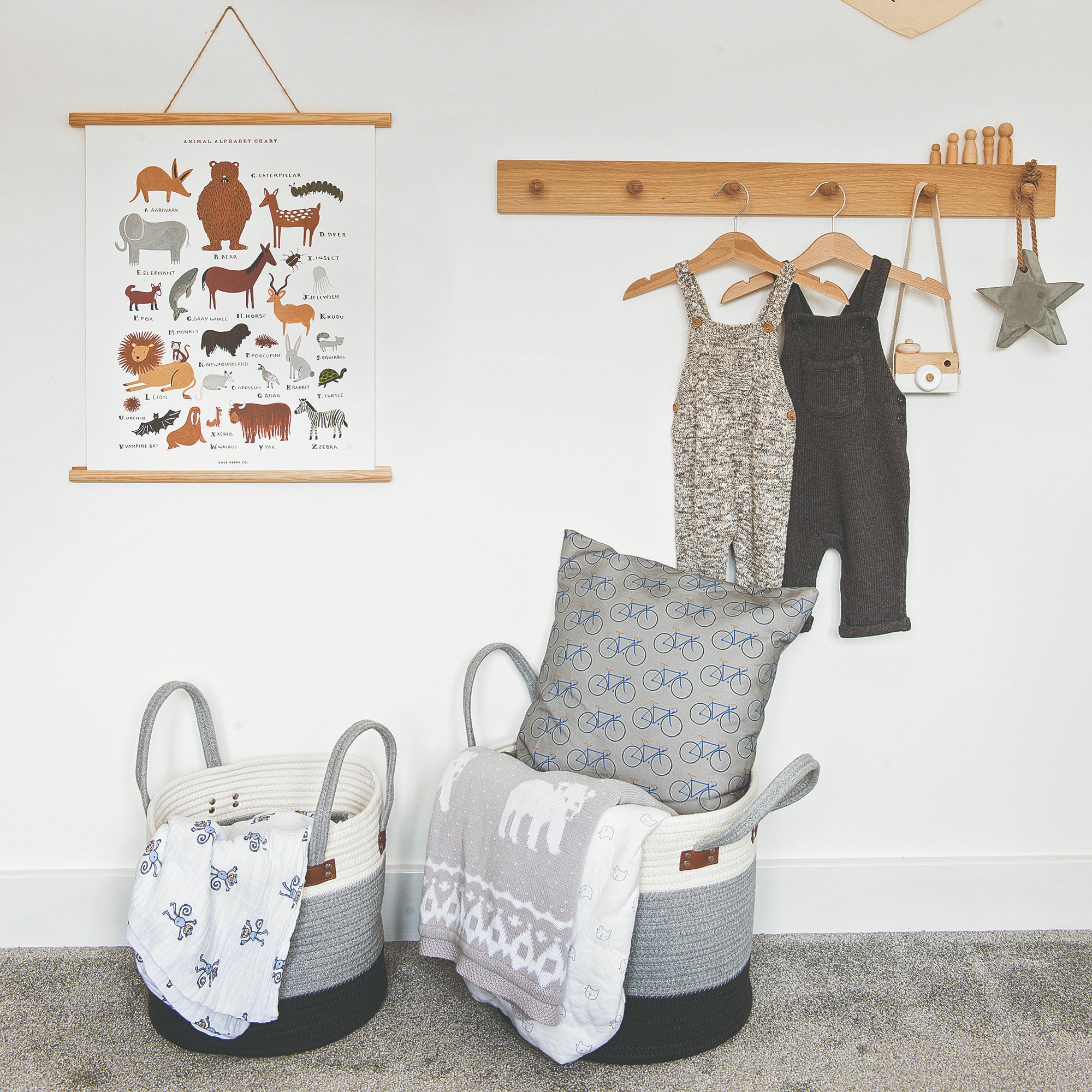
Just like when designing any other space, it’s not all about practicality. The space also needs to appeal - and you can achieve that through decorating. And given you’re working with a small space, you can also use decorating to make the room appear bigger than it is. Light colours of course do that best as they reflect the light better than dark shades.
‘For a stylish look, natural Scandinavian wood colours, whites and greys are very popular and means that you can add colour with books, pictures or posters without clashing too much with the wall or shelving unit colours. They give a clean look,’ Lynn says.
5. Keep the centre of the room open

Don’t clutter the space with either toys or even pieces of furniture as the playroom still needs to remain spacious enough for play. The best way of going about that is by leaving the centre of the room open.
‘Choose compact furniture that suits the room's size and keep the centre of the room open for play,’ Alex says.
6. Create zoned areas
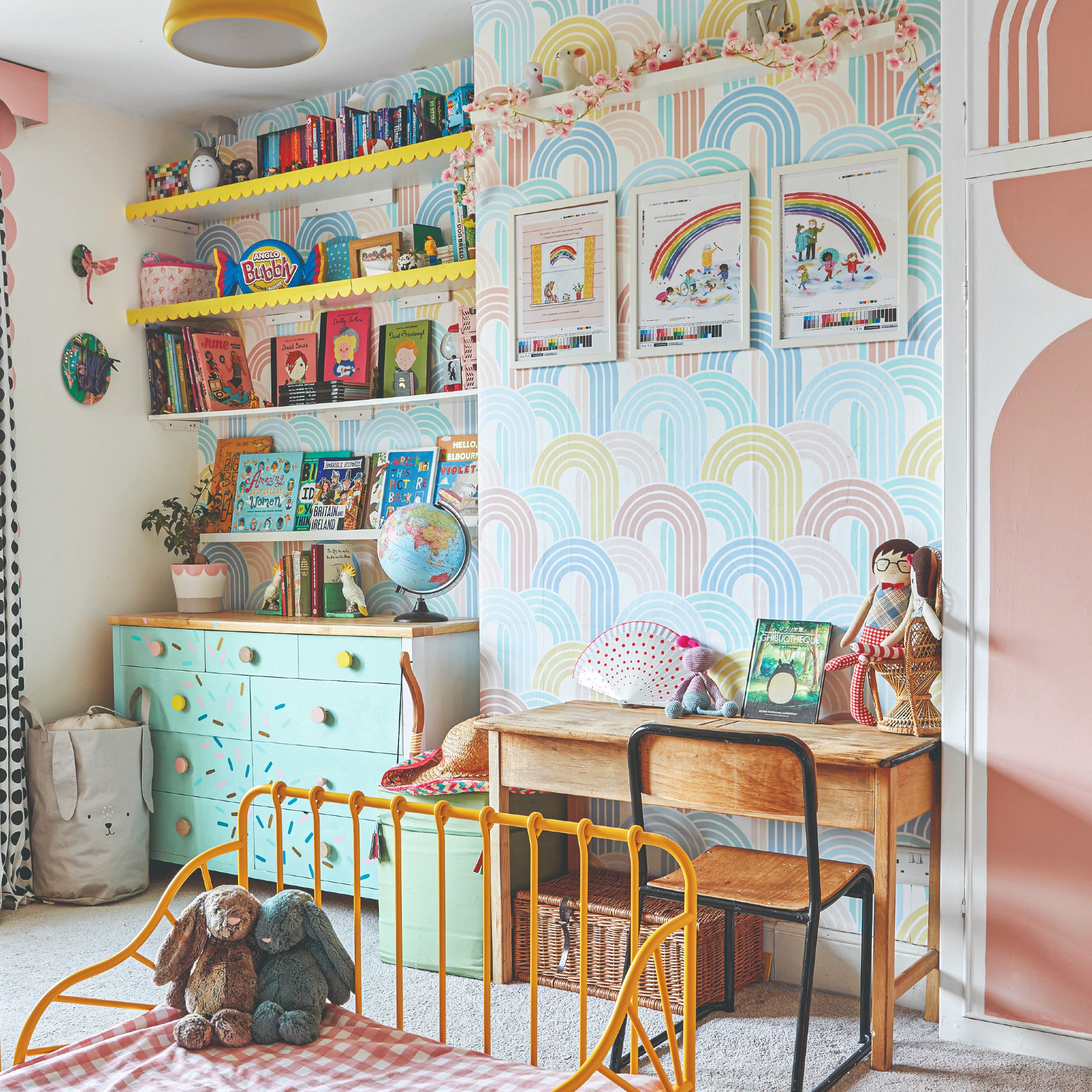
When designing a playroom of any shape and size, it’s best to create different activity zones – perhaps a cosy reading den in one corner, a little desk with a chair can be designated for arts and crafts and a central area with an activity rug or play mat can be reserved for imaginative play.
‘To turn a small room into a kids' playroom, start by planning the layout and deciding on zones for different activities,’ Alex says.
Lynn adds, ‘There are so many lovely play mats out there to choose from that also helps to create a zone for them.’
Our top picks
A house-shaped bed like this one that your little one will climb into like into a treehouse is not only whimsical, it's also practical as it maximises the space of the room. It can be used in small children's room s, as well as in playrooms where the top level can be turned into a reading nook.
A play mat or a rug with an interactive design is the best thing to add to the centre of the playroom where most of your children's imaginative play will take place. And this design is not only playful, it's also very stylish indeed.
Multifunctional pieces of furniture are a must in a multipurpose room like a playroom - especially when it's lacking space. We're particularly impressed with this versatile design from Amazon which combines a bench, a storage chest and a desk and chair set.
Toy boxes are one of the easiest ways to store and put away toys. But everything is more practical and easier with wheels involved in our opinion. And this toy box on wheels is no exception. Plus it's stackable so it's the perfect solution for a small playroom.
A desk or a play table is a must in any playroom. And the Stokke MuTable is designed for creative play, including three different activity boards. The brand also designs multiple coordinating accessories, such as an attachable storage bag (pictured) for extra £25 so that the table that doubles as an activity toy can also triple as a storage unit.
Installing a wall-mounted shelving unit for storage is the best way to take advantage of the room's vertical space. But you can take it even a step further by getting a modular shelf like this one from Habitat which can also double as a desk for arts and crafts.
FAQs
How do you create a play area in the living room?
If your home doesn’t have enough rooms to accommodate a standalone playroom, you can create a play area for your little ones in the family living room.
‘Start by defining the space with a rug to delineate the play area,’ says Alex Tolofson at Nöa & Nani. ‘Use low shelving to keep toys within reach and organised, and incorporate storage bins for quick and easy clean-up. A small table and chairs are ideal for crafts and activities. Must-haves for the play area include books to foster a love for reading, art supplies to encourage creativity, building toys to promote problem-solving and motor skills, and soft toys for comfort and imaginative play. These elements create an engaging, organised, and functional play space that integrates seamlessly with the rest of the room.’
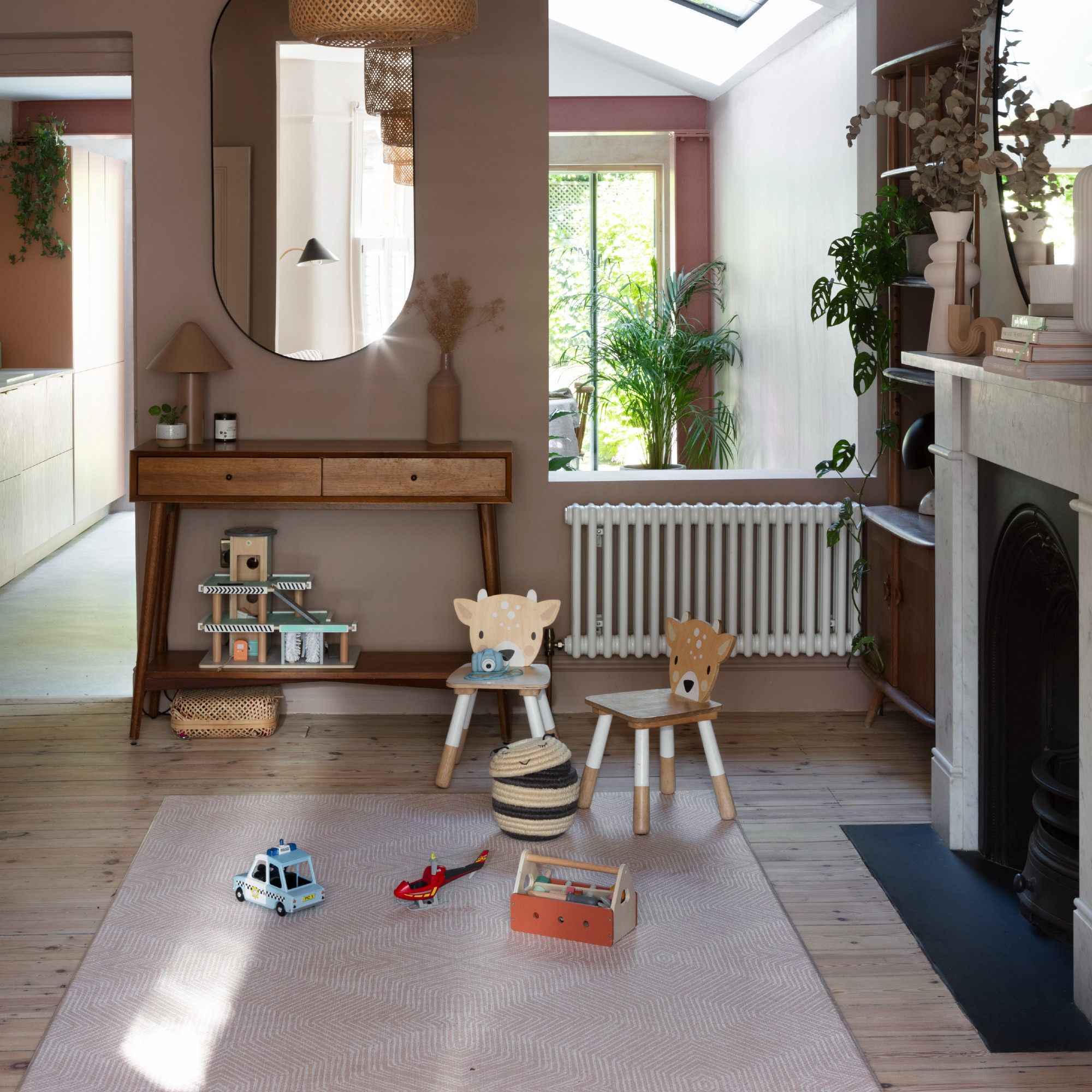
How to make a playroom cosy?
One of the benefits of a small playroom is that you can easily make it feel cosy thanks to its compact and cocooning disposition. But there are ways in which you can enhance that feel.
‘For a cosy feel, create a den with cushions and bean bags for a reading nook. Perhaps set up a shelf with all your child’s favourite toys on,’ says Jade Crow, nursery buyer for Jojo Maman Bébé.
So no matter how small a space you’re working with, just know you can always make it work with a little creativity and ingenuity.







